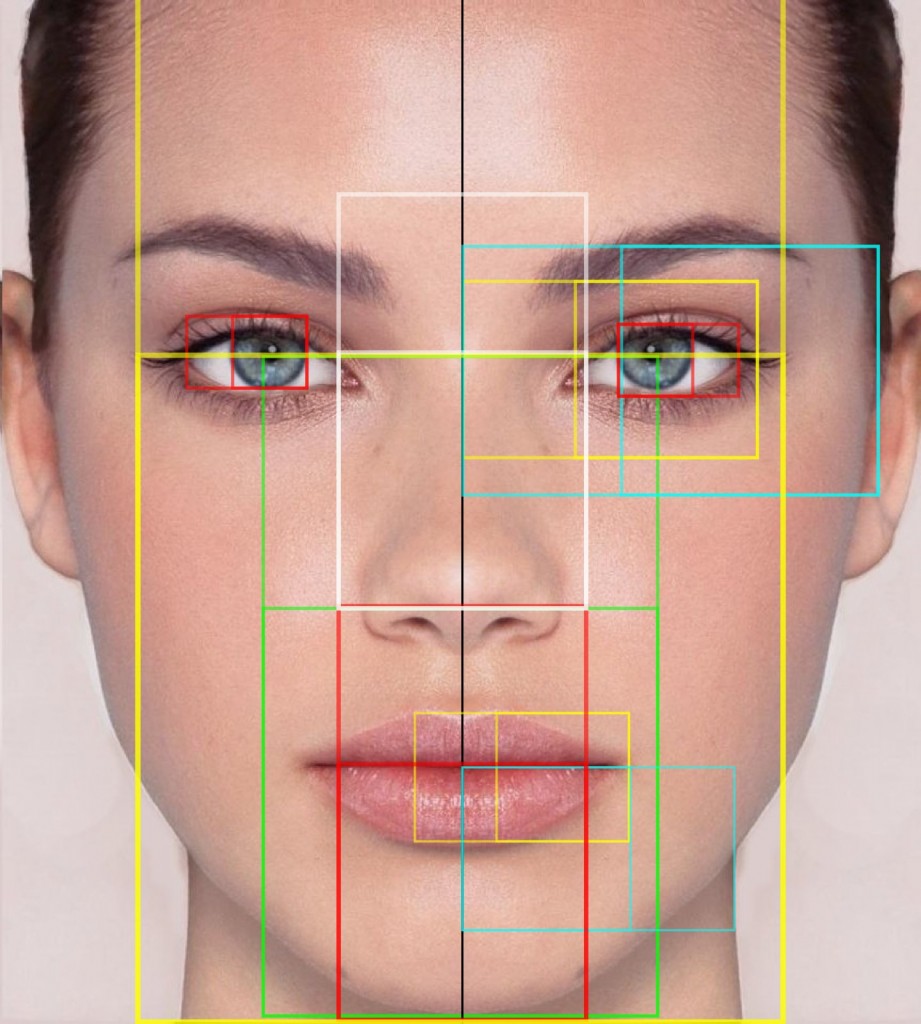Cosmetic practitioners are inclined to contemplate what surprises may be in the offering for 2012. In this exciting field treatment options can change rather swiftly but demand careful scrutiny.
Botulinum toxin treatments are likely to remain very popular. The injections are so tiny and in experienced hands the treatment session so quick. Mainly used in the upper face what is not always appreciated is that while wrinkles are diminished an attractive open-eyed appearance is achieved. This is the real magic of these injections.
Lasers treatments and alike are likely to further evolve although evidence of outcomes must be carefully evaluated for efficacy as sometimes outcomes fall well short of long term expectations.
Fillers for aesthetic facial volumisation and injectable aesthetic nasal corrections are set to replace the simplistic concept of just filling wrinkles. Although many casual injectors try their hand at these techniques, there will continue to be a widening gap between occasional injectors and those practitioners who really understand aesthetic principles. Cheaply priced injection offers (eg. coupon entrepreneurs) can equate with very disappointing aesthetic experiences.
Liposuction practice will continue to differentiate into those who remain classical "lipo-sculptors" or expedient thermal or chemical "lipo-meltors" (fat melting techniques-laser, ultrasound, chemical lipo-dissolving). Traditional "Lipo-sculpting" using variably sized and configured cannula is an art form that cannot be replaced by melting fat just as Michelangelo could not have sculpted his masterpieces with a blowtorch.
Plastic surgeons in Australia do not generally perform cosmetic injection treatments, often seconding these procedures to compliant medical or nursing injectors with variable experience. This trend is set to continue into the future unless more plastic surgeons accept the value and artistry of minimally invasive procedures. A recent very interesting review article about this topic "A Viable Future"
http://www.plasticsurgerypractice.com/issues/articles/2011-10_01.asp
by Sarah Russel expanded on this topic when she interviewed US plastic surgeon W. Grant Stevens, MD, FACS, on the role of aesthetic education in a changing field. The following extract is very enlightening on this issue:-
Is he saying plastic surgeons will become insignificant if they don't embrace formal cosmetic plastic surgery training, nonsurgical body sculpting, and facial rejuvenation? "These patients want these nonsurgical procedures, and if they don't get them from plastic surgeons, they're going to get them from their other providers. Once they do, they will then be educated by those providers and they'll go to those providers for plastic surgery. Within a decade, they won't be going to plastic surgeons for facelifts, but to ophthalmologists or dermatologists, because they embraced those services wholeheartedly."
